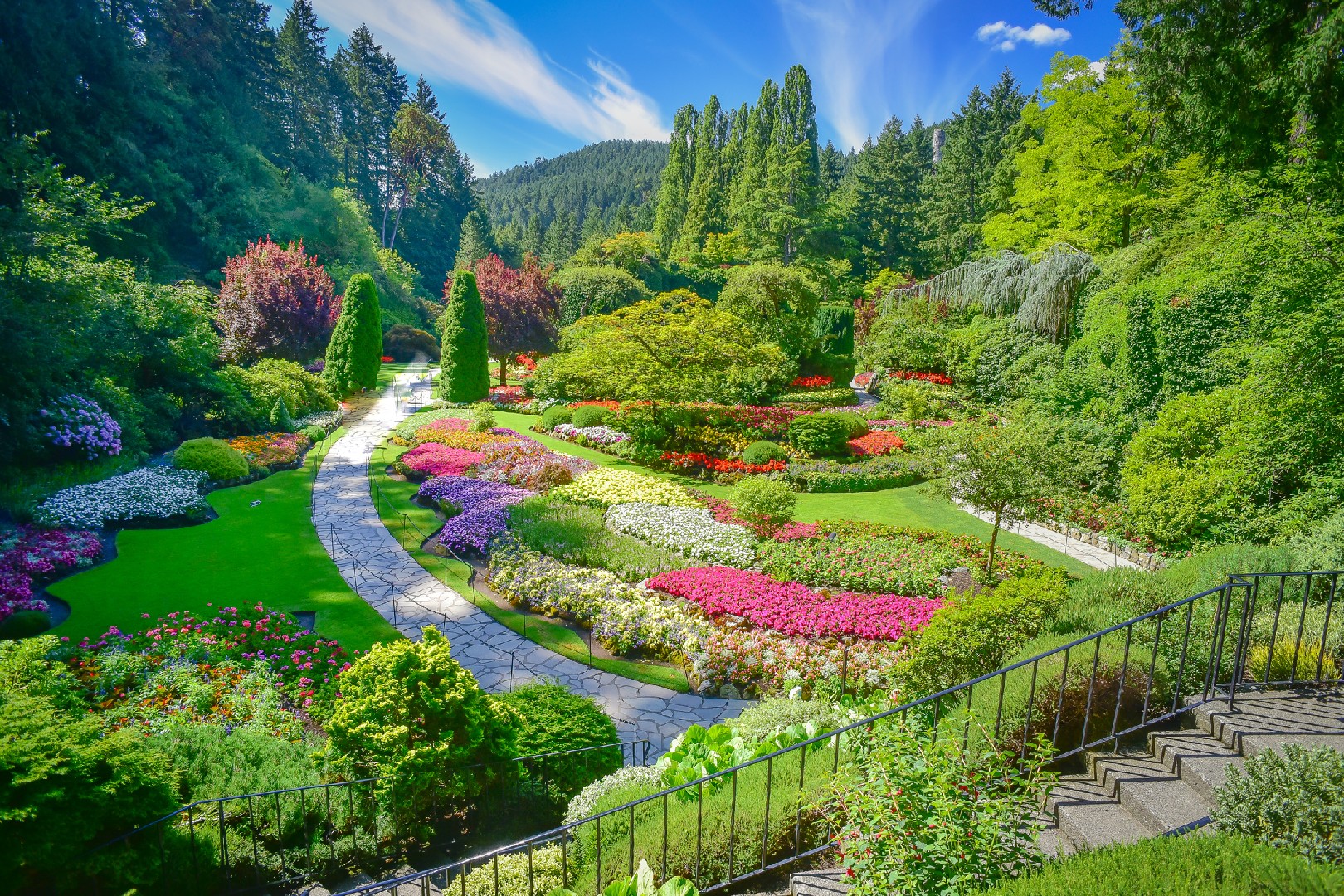![Rectangle]()
Understanding Perennials and Annuals: Lifespan and Variety
Perennials and annuals are two types of plants that are commonly used in seasonal garden designs. Understanding their lifespan and variety can help you create a garden that is visually appealing and easy to maintain.
Perennials are plants that live for more than two years, making them a great addition to any garden design. They can provide year-round color and texture, adding interest to your garden even during the off-season. Some common examples of perennials include daylilies, hostas, and coneflowers.
One of the advantages of using perennials in your garden is that they require less maintenance compared to annuals. Once established, perennials tend to be hardy and can withstand various weather conditions. They also have deep and extensive root systems, allowing them to access water and nutrients more efficiently. This means that you won't have to worry about replanting them every year.
On the other hand, annuals are plants that complete their life cycle in one growing season. They typically provide a burst of color with their vibrant flowers and foliage, making them perfect for creating eye-catching displays. Some popular annuals include marigolds, petunias, and zinnias.
The variety of both perennials and annuals is vast, offering countless options for your garden design. Perennials come in various shapes, sizes, and colors, allowing you to create different themes and effects. Some perennials are known for their long-lasting blooms, while others are valued for their foliage. By selecting a combination of different perennials, you can create a garden that changes with the seasons.
Annuals, on the other hand, are known for their ability to provide instant color. They are available in a wide range of colors and are often used to fill in gaps in the garden or to create focal points. By choosing annuals with different bloom times, you can create a garden that is in constant bloom throughout the growing season.
To create a successful seasonal garden design with perennials and annuals, it is important to consider their lifespan and variety. By combining perennials with different bloom times and colors, you can create a garden that provides year-round interest. Incorporating annuals with vibrant flowers and foliage can add bursts of color and create focal points. To ensure a successful garden, make sure to choose plants that are suitable for your climate and soil conditions, and provide the necessary care and maintenance. With proper planning and selection, you can create a garden that is not only visually pleasing but also easy to maintain.





